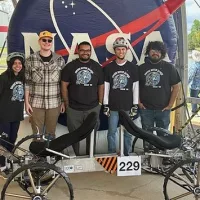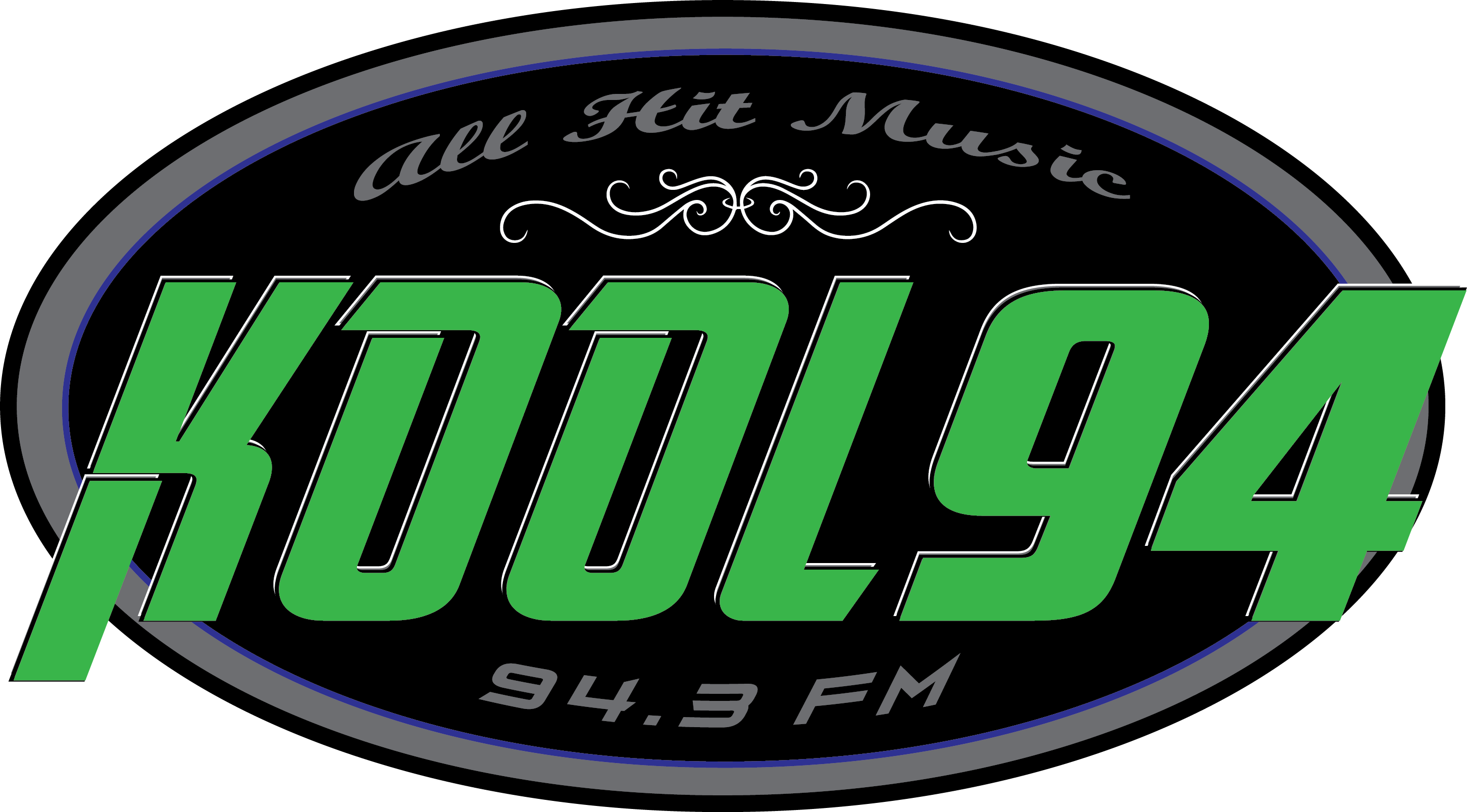
SWOSU Press Release
The Southwestern Oklahoma State University (SWOSU) Rover Dawgs recently competed at NASA’s 2025 Human Exploration Rover Challenge (HERC), held April 11-12 at the U.S. Space and Rocket Center in Huntsville, Alabama. The event brought together a diverse group of teams from 35 colleges and universities, and 16 countries around the world.
NASA expanded the challenge this year to include a remote-control rover division. The SWOSU Rover Dawgs entered the competition with two teams: one human-powered and one remote-controlled rover team. Both teams were tasked with navigating a challenging half-mile course designed to simulate the rugged terrain of asteroids, boulders, and crevices. Teams had only 8 minutes to complete the course to qualify.
This year, the SWOSU Rover Dawgs made significant strides with both their human-powered and remote-control rovers. The human-powered team enhanced their design from previous years by incorporating innovative 3D-printed wheels, a lighter steering mechanism, and an improved transmission system. Their efforts paid off as the team successfully completed the course in under 8 minutes on both competition days, ultimately finishing in 11th place overall.
The remote-control team performed exceptionally well, earning a 4th-place finish overall and securing the prestigious Phoenix Award. This award is given to the team that demonstrates the greatest improvement between the Design Review and the Operational Readiness Review, recognizing the team’s commitment to excellence and continuous improvement.
In addition to navigating the challenging course, the remote-control rover was required to stop and complete various tasks, such as collecting samples from two ground-sites using vacuum force and storing them without cross-contamination. This task, inspired by NASA’s Blue Ghost lunar lander, mirrors the technology that will be used to deliver the Lunar PlanetVac (LPV) to the moon’s surface. The remote-control rover also completed tasks using infrared (IR) or laser rangefinders to measure distances between objects, inspired by the Lunar Trailblazer orbiter’s mission to map the surface of the moon.
Beyond the competition itself, the Rover Dawgs made a significant impact through their outreach efforts. The Rover Dawgs excelled in this area, earning ranking points through activities such as collaborating with local high school and middle school students involved in STEM, serving as judges at the Science Olympiad hosted at SWOSU, and participating in the Caddo Kiowa Technology Center STEM Day.
The SWOSU Rover Dawgs continue to look forward to future opportunities to compete and advance in NASA’s Human Exploration Rover Challenge. With their dedication to design, collaboration, and outreach, both teams are well-positioned for even greater achievements in upcoming competitions.
About Southwestern Oklahoma State University
Southwestern Oklahoma State University (SWOSU) was founded in 1901 and offers over 100 undergraduate and graduate programs across three locations in Weatherford, Sayre, and Yukon. The university serves over 5,000 scholars and prides itself on affordability, small class sizes, and over 200 faculty and staff committed to helping students achieve their academic and personal goals.




